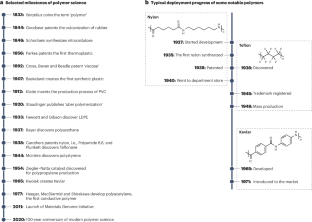2024-08-16 パシフィック・ノースウェスト国立研究所(PNNL)
<関連情報>
- https://www.pnnl.gov/publications/climate-change-may-triple-intensity-extreme-precipitation-mesoscale-storms
- https://agupubs.onlinelibrary.wiley.com/doi/10.1029/2023JD039605
クラスター化したMCSが引き起こした2015年5月の米国南部グレートプレーンズの洪水は、今後どのように展開するか? How Might the May 2015 Flood in the U.S. Southern Great Plains Induced by Clustered MCSs Unfold in the Future?
Zhe Feng, Xiaodong Chen, L. Ruby Leung
Journal of Geophysical Research: Atmospheres Published: 16 April 2024
DOI:https://doi.org/10.1029/2023JD039605

Abstract
The historic 22–26 May 2015 flood event in Texas and Oklahoma was caused by anomalous clustered mesoscale convective systems (MCSs) that produced record-breaking rainfall and $3 billion of damage in the region. A month-long regional convection-permitting simulation is conducted to reconstruct multiple clustered MCSs that lead to this flood event. We further use the pseudo global warming approach to examine how a similar event may unfold in a warmer climate and the driving physical factors for the changes. Tracking of MCSs in observations and simulations shows that the historical simulation reproduces the salient characteristics of the observed MCSs. In a warmer climate under a high-emission (SSP5-8.5) scenario, the Southern Great Plains is projected to experience a near surface warming of 4–6 K, accompanied by enhanced moisture transport by the strengthened Great Plains low-level jet. A warmer and moister lower troposphere leads to 36%–59% larger convective available potential energy, supporting wider and more intense convective updrafts and rainfall production. Consistently, MCSs have wider convective areas and stronger rainfall intensities, producing 50% larger rain volumes during the mature stage. Extreme (99.5%) MCS rainfall frequency and amount will increase by threefold. However, MCS stratiform rain area decreases as a result of elevated stratiform cloud bases that lead to stronger sublimation and evaporation of precipitation in response to warming, resulting in reduced weak-to-moderate surface precipitation. Results suggest that global warming greatly increases precipitation intensity of clustered MCS events under strong synoptic influence, with much higher potential to produce serious floods without additional climate adaptation.
Key Points
- The historic flood-producing mesoscale convective systems are reproduced in simulations to examine their changes in a warmer climate
- Warming strengthens the Great Plains low-level jet to transport warmer and more unstable air that fuels stronger convective storms
- Storm systems have wider and stronger updrafts, producing a threefold increase in extreme precipitation frequency with warming
Plain Language Summary
Changes in extreme rainfall produced by thunderstorms in a warmer climate have significant implications to society. However, their projections are highly uncertain due to the inability of the coarse-resolution global climate models to simulate key processes in thunderstorms. Here, we use a kilometer-scale regional model to examine how the record-breaking May 2015 flood event in Texas and Oklahoma may unfold in a warmer climate. By tracking the organized thunderstorms that produced extreme rainfall in observations and simulations, we found that the model reproduced many key characteristics of the observed storms. In a warmer climate where the Great Plains warm by 4–6 K (a low-climate-mitigation scenario), these storms produce 50% more total rainfall and the extreme precipitation increase by threefold as a result of the warmer atmosphere that contain more moisture and larger convective instability. A sharpening of the storm is found where wider and stronger convective vertical motions produce more heavy rainfall while areas with weaker rainfall decrease. These results suggest if similar events were to occur in a warmer climate, the probability of more severe flash flooding may increase. Current flood control and mitigation strategies may need to adapt to the possible strengthening of organized thunderstorms in future climate.



